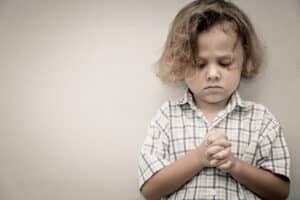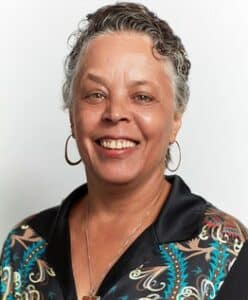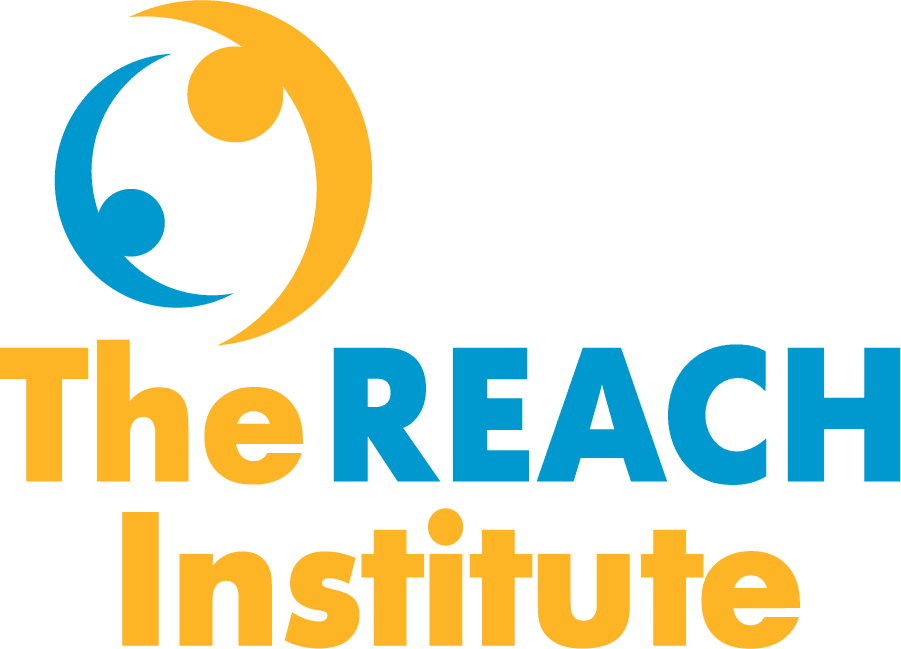Child abuse and neglect
- March 21, 2022
- The REACH Institute
- Child mental health Trauma,

In a study sponsored by the Centers for Disease Control and Prevention, 10.8% of adults reported having been physically abused as children, and 11.1% reported psychological abuse. Infants and young children are at greater risk than older children; neglect is more commonly reported than physical, psychological, or sexual abuse, according to the National Child Abuse and Neglect Data System.

Dr. Danielle Laraque-Arena
As a pediatric primary care provider (PCP), you play a vital role in detecting and preventing child abuse and neglect.
Danielle Laraque-Arena, MD, FAAP, founding member of the REACH faculty and president and professor emerita of SUNY Upstate Medical University, emphasizes the “ecological framework of child abuse prevention.”
Children’s lives are influenced not only by their immediate environment, she said, but also by systems of education, health care, and other services. These are, in turn, influenced by laws and policies that ideally would give children what they need to thrive.
What children need to thrive includes economic security and connections with other people. The absence of racism and bias is critical, according to Dr. Laraque-Arena. In this broad context, pediatric PCPs “focus on the system of care for children and the longitudinal relationships that support healthy minds and bodies.”
Tiers of prevention
Dr. Laraque-Arena distinguished three tiers of prevention:
- Primary: avoiding harm in the first place
- Secondary: interrupting the onset of damage after exposure to harm
- Tertiary: mitigating harm that has already occurred
“In child abuse and neglect,” said Dr. Laraque-Arena, “our system of care has focused mainly on secondary and tertiary prevention.”
She pointed out that society has progressed in the past 50 years by acknowledging that children have the right to be protected from harm. One result is mandated reporting for health care and other professionals. Most pediatric PCPs comply with their mandate to report most of the time, but studies have revealed some gaps, including racial and socioeconomic disparities in evaluation and reporting of abuse and neglect.
Evaluation
Any evaluation of possible abuse or neglect needs to be multidisciplinary, said Dr. Laraque-Arena. Integrated teams to work with severely affected children may include PCPs, social workers, psychologists, home visitors, and liaisons with inpatient medical and psychiatric services.
At the core of the evaluation is a comprehensive history, beginning with non-leading and non-judgmental questions. If a child presents with a physical injury, for example, you might ask the caregiver, “Please tell me what happened.” When, what, and where questions can help you establish the history in a non-leading way.
Ask clarifying questions to gain specifics. If the child is old enough to be interviewed or if there is a credible witness, talk to them separately. After you report the suspected abuse or neglect, child protective services may conduct an in-home investigation to understand how the injury occurred.
A comprehensive physical exam that is both thorough and respectful can help you see whether the history the caregiver gives is consistent with the clinical evidence. Laboratory tests may help with evaluation and diagnosis.
Then, said Dr. Laraque-Arena, you use all the available clinical data to establish a differential diagnosis, decide on the likelihood of abuse or neglect, and develop a treatment plan.
If the child is in immediate danger, hospitalization and/or separation from the caregivers may be necessary, supported by court action. If the evidence suggests that it is safe to send the child home, develop a detailed follow-up plan.
Broader solutions
Ideally all this takes place in the context of a medical home, which Dr. Laraque-Arena defines as “family-centered, community-based, coordinated care … offering comprehensive, continuous, culturally effective, and compassionate care.”
Broader efforts to prevent child abuse and neglect, said Dr. Laraque-Arena, involve transforming our current reactive (tertiary) system to focus on proactive (primary) support of families. Primary prevention mechanisms include policies that protect families from unemployment, offer family leave, and make developmentally appropriate childcare and other supportive services available to all.
A medical home model can support primary prevention efforts, according to Dr. Laraque-Arena. The model may include universal home visits. In-home support for the families of every newborn (with services customized to address the family’s level of risk) could help parents to respond appropriately to their infant’s needs and ameliorate risk factors in the home or neighborhood.
Guiding principles
According to Dr. Laraque-Arena, the guiding principles for preventing child abuse and neglect are:
- Primary, proactive prevention rather than reactive treatment
- Supportive rather than punitive approaches to families
- Continuous rather than fragmented services
- Culturally responsive rather than biased assessments, reporting, and treatment
- Hopeful, long-term, future-oriented approaches rather than pessimistic approaches mired in the past
You can use these principles, together with an awareness of the ecological determinants of care, to create a therapeutic alliance with caregivers aimed toward the present and future well-being of the child and family.
RESOURCES
Felitti VJ, Anda RF, Nordenberg D, et al. Relationship of childhood abuse and household dysfunction to many of the leading causes of death in adults: the Adverse Childhood Experiences (ACE) Study. Am J Prev Med. 1998 May;14(4):245-58. doi:10.1016/s0749-3797(98)00017-8
Flaherty EG, Sege RD, Griffith J, et al. From suspicion of physical child abuse to reporting: primary care clinician decision-making. Pediatrics. 2008 Sep;122(3), 611-9. doi:10.1542/peds.2007-2311
Hymel KP, Laskey AL, Crowell KR et al. Racial and ethnic disparities and bias in the evaluation and reporting of abusive head trauma. J Pediatr. 2018 July;198:137-43. doi:10.1016/j.jpeds.2018.01.048
Laraque D, Sia CCJ. Health care reform and the opportunity to implement a family-centered medical home for children. JAMA. 2010;303(23):2407–8. doi:10.1001/jama.2010.809
U.S. Department of Health & Human Services, Administration for Children and Families, Administration on Children, Youth and Families, Children’s Bureau. 2022. Child maltreatment 2020. Accessed February 23, 2022. https://www.acf.hhs.gov/cb/data-research/child-maltreatment
Categories
- ADHD
- Anti-racism
- Anxiety
- Assessment & screening
- Autism
- Child mental health
- Coding
- Cognitive behavioral therapy
- College transition
- Culturally responsive
- Depression
- Eating disorders
- Foster care
- Grief
- High-risk children & youth
- LGBTQIA
- Medication
- Parents
- Patient communication
- Pediatric primary care
- School refusal
- Sleep disorders
- Suicide
- Trauma
- Show All Categories
Register for courses
“Very interesting topics. Great information, facts, links, articles as references. Great role plays and all amazing REACH trainers!”
